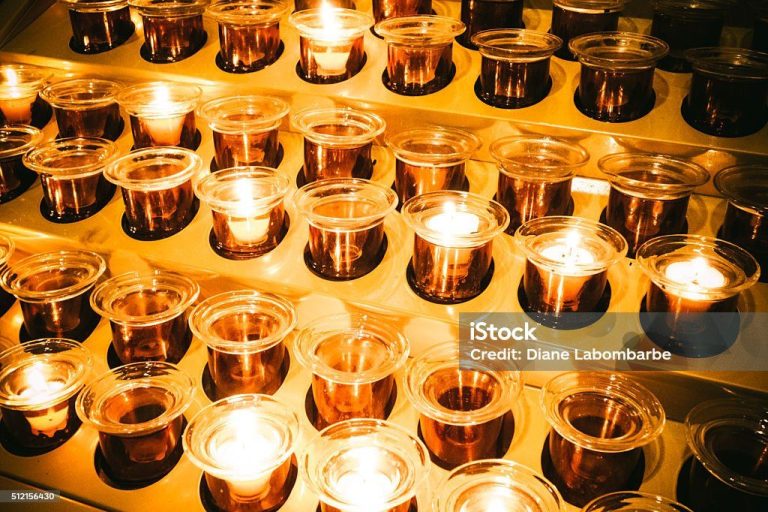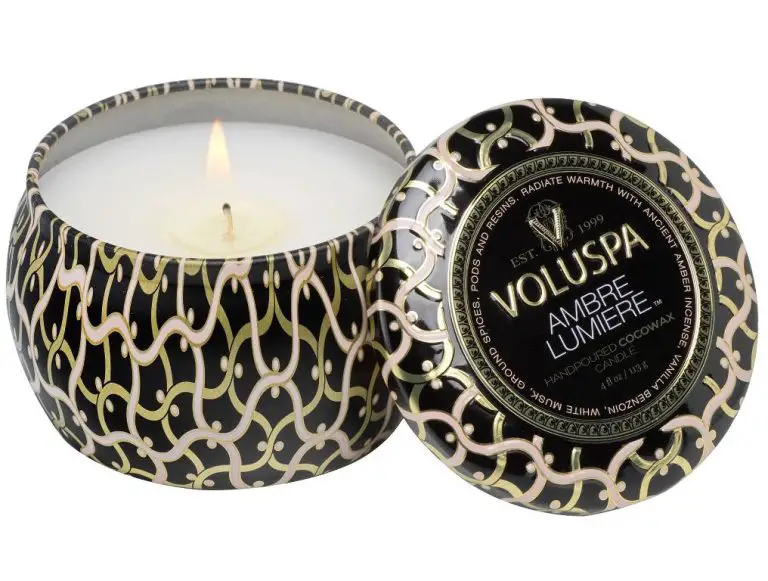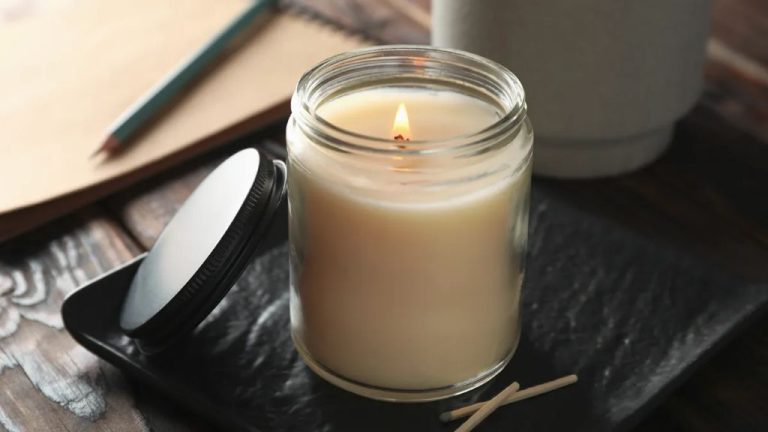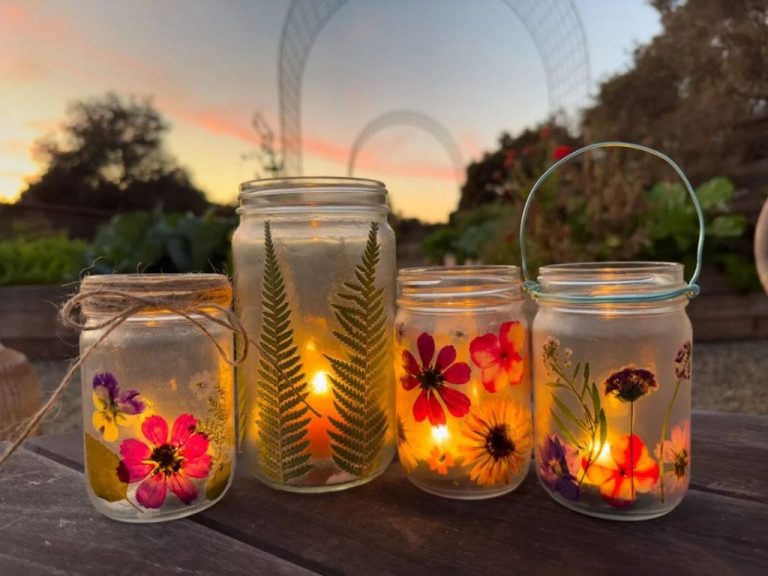Best Candle Company In India
The candle market in India has seen rapid growth and expansion in recent years. According to industry reports, the Indian candle market was valued at INR 1,331 crore in 2019 and is projected to reach INR 2,857 crore by 2025, growing at a CAGR of around 8% between 2020 and 2025 (https://www.mycandlemaking.com/is-candle-making-business-profitable-in-india/). The market is segmented into pillar candles, votive candles, tea lights, container candles, and others. Key factors driving growth include rising disposable incomes, growth of modern retail, increasing use of candles for home décor and aromatherapy, and growth in gifting culture. With increased demand, several major players as well as small and medium enterprises have entered the market making it more competitive. However, there remains significant potential for further expansion and innovation.
Top Players
The top candle manufacturers in India include both large corporates as well as small and medium enterprises focused on the domestic market. Some of the major players are:
ITC – One of India’s largest conglomerates, ITC has a range of fragranced and non-fragranced candles under the brand name Fiama. It offers products like diya candles, scented candles, floaters, and more.
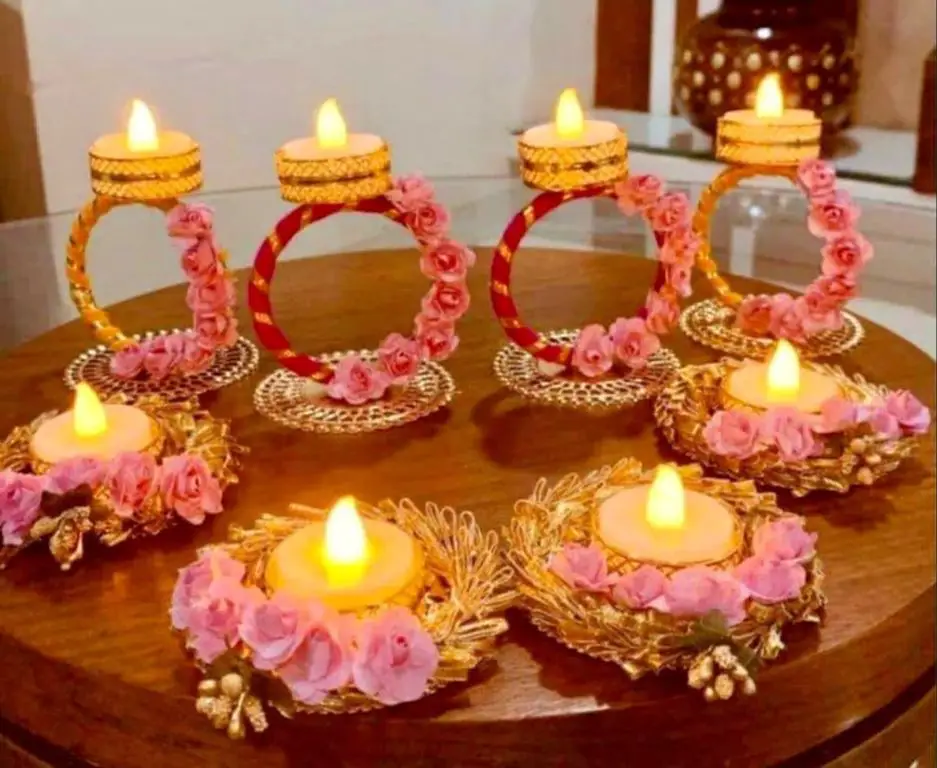
Padmini International – A leading manufacturer established in 1989, Padmini offers candles for home, corporate gifting, events, hotels, and more. They export their products to countries like the USA, UK, Australia etc.
Candlelite – One of the earliest organized players in the segment, Candlelite has been around since 1962. They offer quality candles at affordable prices.
Other major companies are Kushal’s Candles, Tarini International, White Wick, etc.
Product Range
Indian candle manufacturers offer a wide variety of candle products to meet diverse consumer needs. Some of the major types of candles produced in India include:
Scented Candles – Scented candles come in different fragrances like lavender, vanilla, cinnamon, etc. They are made by adding synthetic or natural essential oils to the wax. Top scented candle brands in India include Omnia Candles and CandlesCube.
Pillar Candles – Pillar candles are tall, cylindrical candles. They are available in simple and decorative shapes. Pillar candles are popular for home decoration. Ambika Candles is a leading manufacturer of decorative pillar candles.
Votive Candles – Votive candles are short and thin candles designed to fit in candle holders. They are a popular choice for religious ceremonies. Key votive candle manufacturers include Icon Candles and Prem Oil.
Tealight Candles – Tealight candles are small wax candles with metal or paper discs as bases. They are widely used for decoration. Some top tealight manufacturers are CandlezIndia and Candles ‘R’ Us.
Floating Candles – Floating candles have a wick that burns while floating on water. They create an elegant ambience and are used in events. Popular floating candle companies include All That You Need and Eskaa Candles.
Gel Candles – Gel candles contain a clear, thick, gel-like fuel instead of wax. They are designed in attractive glass containers and colors. Leading gel candle brands are Creative Living and BlingCentral.
Raw Materials
Some of the most common raw materials used in candle making in India include:
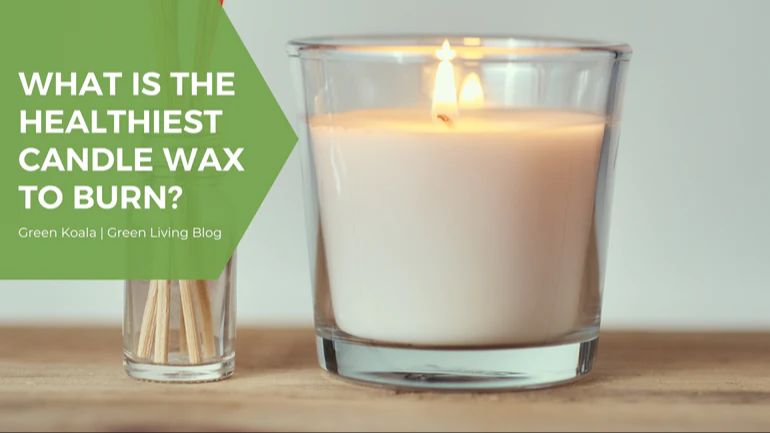
Paraffin Wax – This is the most widely used candle wax. It is a byproduct of petroleum refining. Paraffin wax is highly refined and provides excellent burn properties. However, it comes from a nonrenewable source. Most candle makers in India use a blend of paraffin wax and other natural waxes. Semi-refined paraffin wax is commonly used.
Soy Wax – Made from hydrogenated soybean oil, soy wax is a renewable and environmentally friendly option. It’s commonly blended with paraffin wax. Soy wax has a lower melting point and produces less soot than paraffin when burning. Soy wax usage is increasing among eco-conscious candle brands.
Beeswax – Beeswax is a natural wax produced by honey bees. It has a pleasant natural honey aroma. Beeswax candles burn brighter and cleaner than paraffin. However, beeswax is expensive and in short supply, so it’s often blended with other waxes.
Palm Wax – Derived from palm oil, palm wax is also blended with paraffin for candle making. It produces hard candles with excellent opacity.
Other vegetable-based waxes like coconut wax and rapeseed wax are also sometimes used. The wax blend impacts the burn properties, texture, fragrance throw, and environmental footprint of the finished candle.
Manufacturing Process
Candle making involves multiple steps to create a finished candle product. Here is a brief overview of the standard candle making process:

First, the wax is measured out and loaded into a double boiler or large melting pot. The wax is heated slowly until fully melted. Common waxes used include paraffin, soy, beeswax, palm, and coconut wax. The melting temperature varies depending on the type of wax.
Once the wax is fully liquid, the fragrance oil or essential oils are added and blended thoroughly. Usually 1-2 ounces of fragrance oil is used per pound of wax. The fragrance oils add desired scents like vanilla, pine, or lavender.
Next, the colored candle dyes are mixed in to achieve the preferred candle colors. The liquid wax can be divided into multiple containers to make candles of varying colors.
Wicks are inserted into each candle container or mold, keeping the wick centered. Common wicks are made of cotton, paper, or wood. The container is then carefully filled with the liquid wax.
As the candles cool and harden, the wax shrinks slightly and leaves a depression at the top. This is fixed by topping off the candles with a final layer of wax to create a smooth, even surface.
Once fully cooled and set, the finished candles are packaged and labeled for sale. Candles are often decorated with logos, ribbons, or other embellishments.
Throughout the process, proper safety precautions must be taken due to the flammable wax and high temperatures.
Quality Control
Quality control is a crucial part of any candle manufacturing process. It ensures that each candle meets the required standards before being packaged and shipped to customers. Some key aspects of quality control for candle companies include:
Testing – Candles should be thoroughly tested during and after production. Key tests include fragrance intensity and throw, appearance inspection, burn testing to check performance, and safety tests for issues like soot or excess smoke. Proper testing at multiple stages allows problems to be caught early. As the Ultimate Quality Control Checklist for Scented Candles points out, “The earlier you catch an issue, the less product that has to be thrown away, saving you time and money.”
Raw materials – Quality inputs are needed for quality outputs. Reputable suppliers should be used for wicks, wax, fragrance oils, dyes, containers and packaging. Specifications can be set for materials to ensure consistency.
Process control – Well-designed production processes, equipment maintenance, worker training, and monitoring at each step enables catching issues early and minimizes human error. Automation can also improve consistency.
Documentation – Written standards, test reports, production logs, and other documentation provides traceability and quality evidence. As the Candle Quality Control guide states, “Without documentation, quality control does not exist.”
Continuous improvement – Regular reviews of product performance, production efficiency, customer feedback and competition can identify areas for quality and process improvements.
With proper quality control and testing, companies can better meet customer expectations, reduce costs, and build their reputation and trust in the marketplace.
Marketing & Distribution
Leading candle companies in India utilize both traditional and digital marketing strategies to promote their products. Many rely on print, TV, and radio advertising to reach a broad audience. Popular campaigns highlight the mood-enhancing benefits of aromatherapy candles or position scented candles as thoughtful gifts.

Companies are increasingly leveraging social media platforms like Facebook and Instagram for digital marketing. They often partner with influencers and bloggers to promote their products through sponsored posts. Some brands like Bombay Perfumery have built a strong following on Instagram by sharing beautiful lifestyle imagery featuring their products. According to industry reports, digital marketing is critical for competing in India’s growing candle market.
Most major candle brands distribute through both modern retail stores and e-commerce platforms. Retail partnerships with stores like Lifestyle provide visibility and credibility. At the same time, selling through e-commerce sites like Amazon and Nykaa gives access to a wider online customer base. Some companies also sell through their own D2C websites, allowing for greater control over branding and customer experience.
Growth Drivers
The candle industry in India is experiencing strong growth, driven by several key factors. One major driver is increasing demand during festivals and special occasions. As Statista reports, candle sales in India spike during holidays like Diwali, when the demand for candles increases by up to 25%. Statista expects the overall candle market in India to grow at a CAGR of 4.8% from 2024-2028.
Another growth driver is increasing interest in aromatherapy and home fragrance. Scented candles are becoming popular for relaxation and creating an ambiance. According to Maria Howard’s analysis on LinkedIn, global demand for scented candles is rising steadily, driven by consumer desire for self-care products. The scented candle market alone is forecast to reach $13.72 billion by 2026. Howard cites increasing disposable incomes as a factor enabling more spending on scented candles.
Interior decor is a third growth driver, as candles are an affordable way to elevate home decor. Demand is strong among younger consumers decorating their first homes. The market also benefits from new candle styles, fragrances, and designs that appeal to changing consumer tastes. Overall, the growth drivers show candles becoming more popular for gifting, special occasions, aromatherapy, and home decor.
Future Outlook
The candle industry in India is projected to see strong growth in the coming years. According to a Statista report, the candles market in India is forecast to grow at a CAGR of 4.81% from 2024-2028, resulting in a market volume of $377 million by 2028. Several factors are driving this positive outlook.
Demand for candles is on the rise globally. Research by Grand View Research estimates the global scented candles market will grow at a CAGR of 4.1% from 2023-2030. As incomes rise in India, consumers are expected to spend more on home decor items like candles. There is also a growing demand for natural, non-toxic candles made from soy, beeswax and other natural waxes.
Gift-giving occasions like Diwali, weddings and birthdays are major drivers of candle sales in India. Brands are introducing innovative fragrances, designs and packaging to capture this demand. The trend towards self-care and aromatherapy is also boosting sales of scented candles.
Online retail provides huge growth potential for candle brands to reach new customers across India. Players are investing in digital marketing and partnerships with e-commerce platforms. Given these positive factors, the outlook is bright for the candle industry in India.
Top Pick
After reviewing the top candle companies in India, Vedaoils emerges as the top pick for best candle company in India. Vedaoils offers a wide range of luxury soy candles made from premium quality ingredients (Top 12 Candle Brands in India by Vedaoils). Their candles are hand-poured using 100% soy wax and feature a range of sophisticated fragrances like Oudh & Amber, Neroli & Petitgrain, and more. Vedaoils focuses on using natural ingredients and essential oils for a clean, long-lasting burn. Their candles are free of paraffin, carcinogens, toxins and allergens.
In terms of manufacturing, Vedaoils adheres to the highest safety and quality standards. Their soy wax is sourced from American farmers who use no pesticides or chemicals. The wax is then blended in India in optimal ratios for the best burn. The candles are hand-poured in small batches and cured properly to maximize fragrance retention and reduce frosting. Vedaoils also uses premium phthalate-free fragrance oils and lead-free cotton wicks (5 homegrown candle brands to light up your space with by Vogue India).
Overall, Vedaoils offers an extensive collection of top-notch soy candles made consciously in India using quality ingredients. Their brand ethos, attention to detail in the production process, and focus on customer satisfaction makes them the top pick for best candle company in India.

